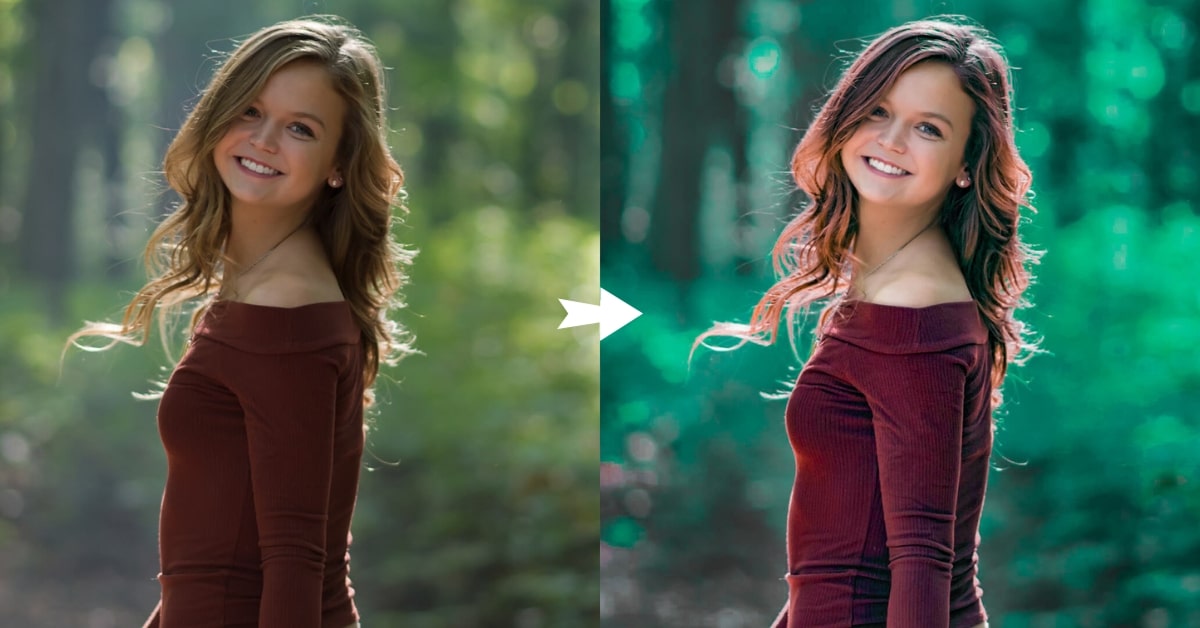Color grading is a transformative process that can turn a good visual into a masterpiece. Whether you’re a filmmaker, photographer, or content creator, understanding what color grading is and how to use it can significantly enhance the impact and appeal of your work. In this guide, we’ll unravel the intricacies of color grading, exploring its definition, and importance, and providing practical insights on how to harness its power.
What is Color Grading?
Color grading is the process of adjusting and enhancing the colors in an image or video to achieve a desired visual style, mood, or tone. It involves manipulating various elements such as brightness, contrast, saturation, and color balance to create a cohesive and visually compelling final product. Color grading goes beyond mere correction; it is a creative tool that allows artists to tell a more nuanced and visually engaging story.
Why is Color Grading Important?
- Emotional Impact
- Color grading has a profound effect on the emotions conveyed in an image or video. Warm tones can evoke a sense of coziness, while cool tones might create a mood of mystery or suspense.
- Consistency Across Scenes
- In filmmaking and photography, color grading ensures visual consistency across different scenes, creating a seamless flow and enhancing the overall storytelling.
- Creative Expression
- Color grading is an opportunity for creative expression. It allows artists to impart their unique style to a project, making it stand out and leaving a lasting impression on the audience.
How to Use Color Grading?
- Select a Professional Editing Software
- Choose a reliable photo editing software like Adobe Premiere Pro, DaVinci Resolve, or Final Cut Pro X that offers robust color grading tools.
- Understand the Basics
- Familiarize yourself with essential color grading concepts such as color wheels, histograms, and scopes. These tools help you analyze and adjust the colors in your footage accurately.
- Set the Mood with Color Temperature
- Adjust the color temperature to set the overall mood of your project. Warmer tones create a cozy atmosphere, while cooler tones evoke a sense of calm or mystery.
- Experiment with Contrast and Saturation
- Fine-tune contrast to enhance the visual impact of your footage. Adjust saturation to control the intensity of colors, ensuring they are vibrant without being overly saturated.
- Utilize Color Grading Presets
- Many editing software options offer pre-made color grading presets. Experimenting with these can be a great starting point and help you understand the potential of different color grading styles.
Conclusion
Color grading is both an art and a science, offering creators the power to shape the visual narrative of their projects. By understanding what color grading is and how to use it effectively, you can elevate your content, leaving a lasting impression on your audience. Dive into the world of color grading, experiment with different styles, and let your creativity shine.
FAQs
Can I use color grading for both photos and videos?
Absolutely. Color grading is a versatile technique applicable to both photos and videos, allowing you to enhance and stylize your visual content.
Do I need professional equipment to start color grading?
While professional equipment can enhance the quality of your footage, you can start color grading with basic editing software and gradually invest in more advanced tools as you gain experience.
How do I avoid overdoing color grading?
Practice subtlety. Gradual adjustments and a keen eye for balance are key. Regularly compare your work to the original to ensure you haven’t strayed too far from the intended look.
Is color grading only for cinematic projects?
No, color grading can enhance the visual appeal of various projects, including commercials, vlogs, and even social media content. It’s a versatile tool for any visual storyteller.
This page was last edited on 22 February 2024, at 5:45 pm
